Argonne’s expertise in biosafety, genetic sequencing and epidemiology help public health officials track which COVID variants are present in Illinois and monitor variants of concern.
Tag: Biology
Study Explores Effects of Resistance Training in Older Adults at the Cellular Level
Aging and related diseases are associated with alterations in oxidative status and low-grade inflammation, as well as a decreased endoplasmic reticulum (ER) unfolded protein response (UPR). UPR is a functional mechanism by which cells attempt to protect themselves against ER stress. Researchers analyzed these proteins in peripheral blood mononuclear cells of elderly subjects and used computer simulation to predict the key proteins associated with these biomolecules underlying physiological adaptations to exercise. They collected blood samples about five to six days before and after the training period and analyzed various oxidative stress biomarkers in peripheral blood mononuclear cells. The study takes research one step further in helping to elucidate the benefits of exercise in this population.
Microbial miners could help humans colonize the moon and Mars
The biochemical process by which cyanobacteria acquire nutrients from rocks in Chile’s Atacama Desert has inspired engineers at the University of California, Irvine to think of new ways microbes might help humans build colonies on the moon and Mars.
Two UCI researchers named fellows by the National Academy of Inventors
Irvine, Calif., Dec. 8, 2022 — The National Academy of Inventors has named two University of California, Irvine researchers as fellows for 2022. Philip Felgner, a pioneer in the development of lifesaving mRNA vaccines, and Payam Heydari, a prolific creator of cutting-edge microelectronics technologies, were both recognized for inventions that have made tangible impact on quality of life, economic development and the welfare of society.
Chicago Pile 1: A bold nuclear physics experiment with enduring impact
Enrico Fermi’s Chicago Pile 1 experiment in 1942 launched an atomic age, an unrivaled national laboratory system, fleets of submarines, cancer treatments and the unending promise of clean nuclear energy. Argonne National Laboratory builds on its legacy.
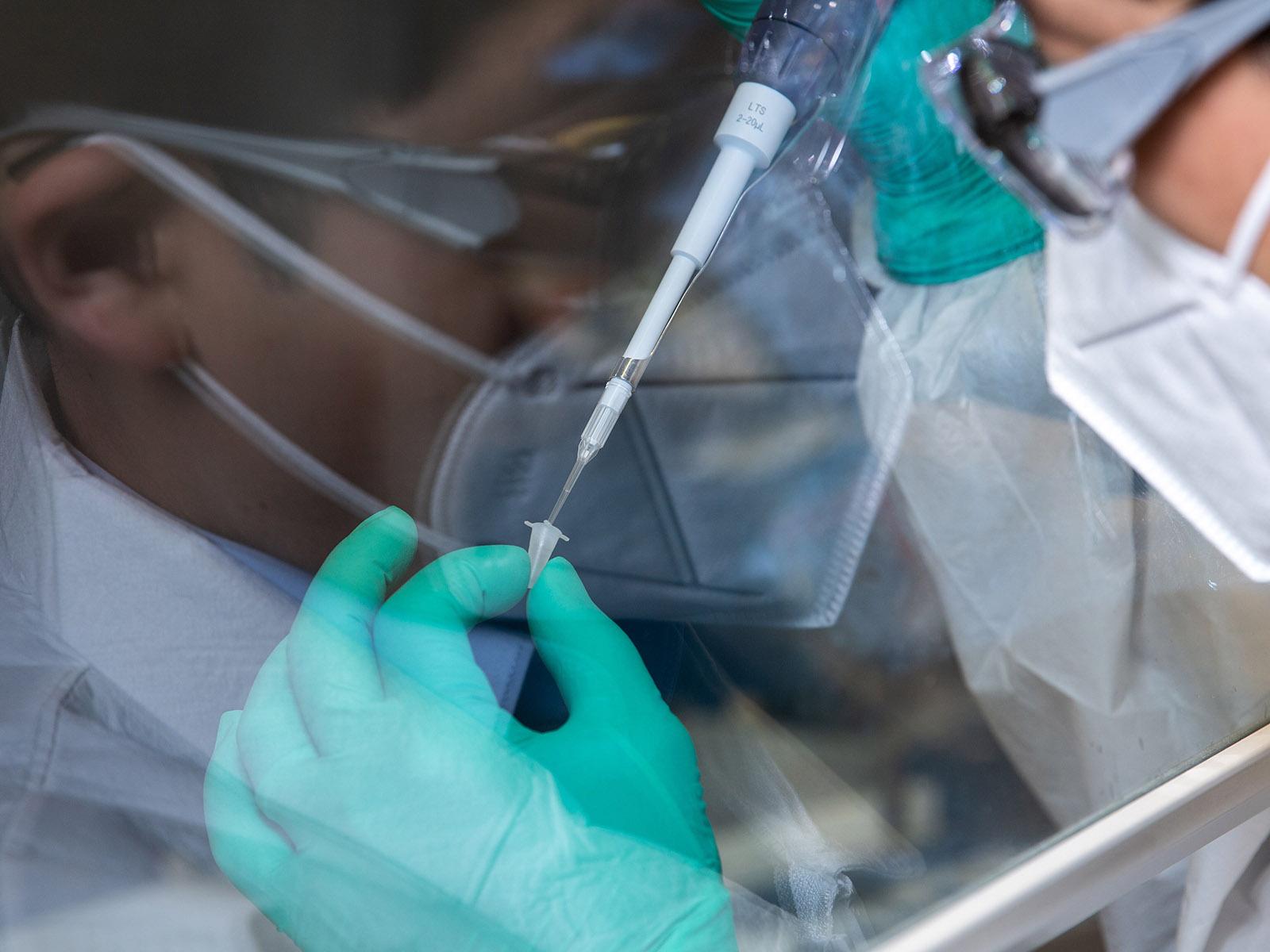
Big Data Analysis Powers the Fight Against Alzheimer’s
New research findings published in Science Advances (November 2022), help explain the progression of Alzheimer-related dementia in each patient. The findings outline a biological classification system that predicts disease severity.
Adapting language models to track virus variants
Groundbreaking research by Argonne National Laboratory finds new method to quickly identify COVID-19 virus variants. Their work wins the Gordon Bell Special Prize.
The swimming habits of gelatinous animals are inspiring underwater vehicle design
Two different swimming styles of a marine animal related to jellyfish let the animal prioritize speed or energy efficiency, depending on its current needs, a team of University of Oregon researchers found. The UO team, led by marine biologist Kelly Sutherland and postdoctoral researcher Kevin Du Clos, report their findings in a paper published Nov. 28 in Proceedings of the National Academy of Sciences.
Scientists Land $3 Million NSF Grant to Empower Local Coral Reef Monitoring Efforts
Although communities care deeply about the fate of coral reefs, they often lack the scientific tools to document changes in the local reefs on which they rely. A new project will help to empower community members already interested in coral reef health with the tools needed to document changes in these systems. Importantly, findings from the research will inform management of ecosystems.

Advanced Light Source Upgrade Approved to Start Construction
Berkeley Lab’s ALS has received federal approval to begin construction on an upgrade that will boost the brightness of its X-ray beams at least a hundredfold. Scientists will use the improved beams for research into new materials, chemical reactions, and biological processes. This construction milestone enables the lab’s biggest project in three decades to move from planning to execution.
New technique makes gene editing at scale possible in animals, turning years of work into days and making new kinds of genetic experiments possible
A new gene editing technique developed by University of Oregon researchers compresses what previously would have been years of work into just a few days, making new kinds of research possible in animal models.
Research takes on a massive problem: Chronic infection linked to medical devices
Infections related to implanted medical devices are shockingly common and a research team including faculty at Binghamton University, State University of New York is working to address the problem.
On the Way Towards CO2-neutral Aviation
Within the KEROGREEN Project, Researchers Developed an Innovative Production Process for Sustainable Aviation Fuel and Built a Research Facility
Powered by artificial intelligence, Argonne technology eyes bird activity at solar facilities
The World Health Organization says monkeypox is a global health emergency. Scientists use ultrabright X-ray beams and diffraction imagery to understand how poxviruses behave. This can accelerate development of critical vaccines and treatments for monkeypox and other poxviruses.
ISU lab aims to repair severed nerves, foster undergraduate research
Undergraduate students at ISU are part of a research team testing different structures that could be used to help patients recover from traumatic nerve injuries.

USDA funds IU-led research team to develop disease-resistant wheat
The USDA National Institute of Food and Agriculture has awarded researchers led by IU’s Roger Innes an over $1.2 million grant to generate wheat and barley lines with enhanced resistance to Fusarium Head Blight.
The bolder bird gets (and keeps) the girl
. In a paper published today in Royal Society Biology Letters, researchers at the Woods Hole Oceanographic Institution (WHOI) demonstrate a clear connection between personality in wandering albatross (Diomedea exulans) and the likelihood of divorce. Though the link between personality and relationship outcomes in humans is well-established, this is the first study to do so with animals.
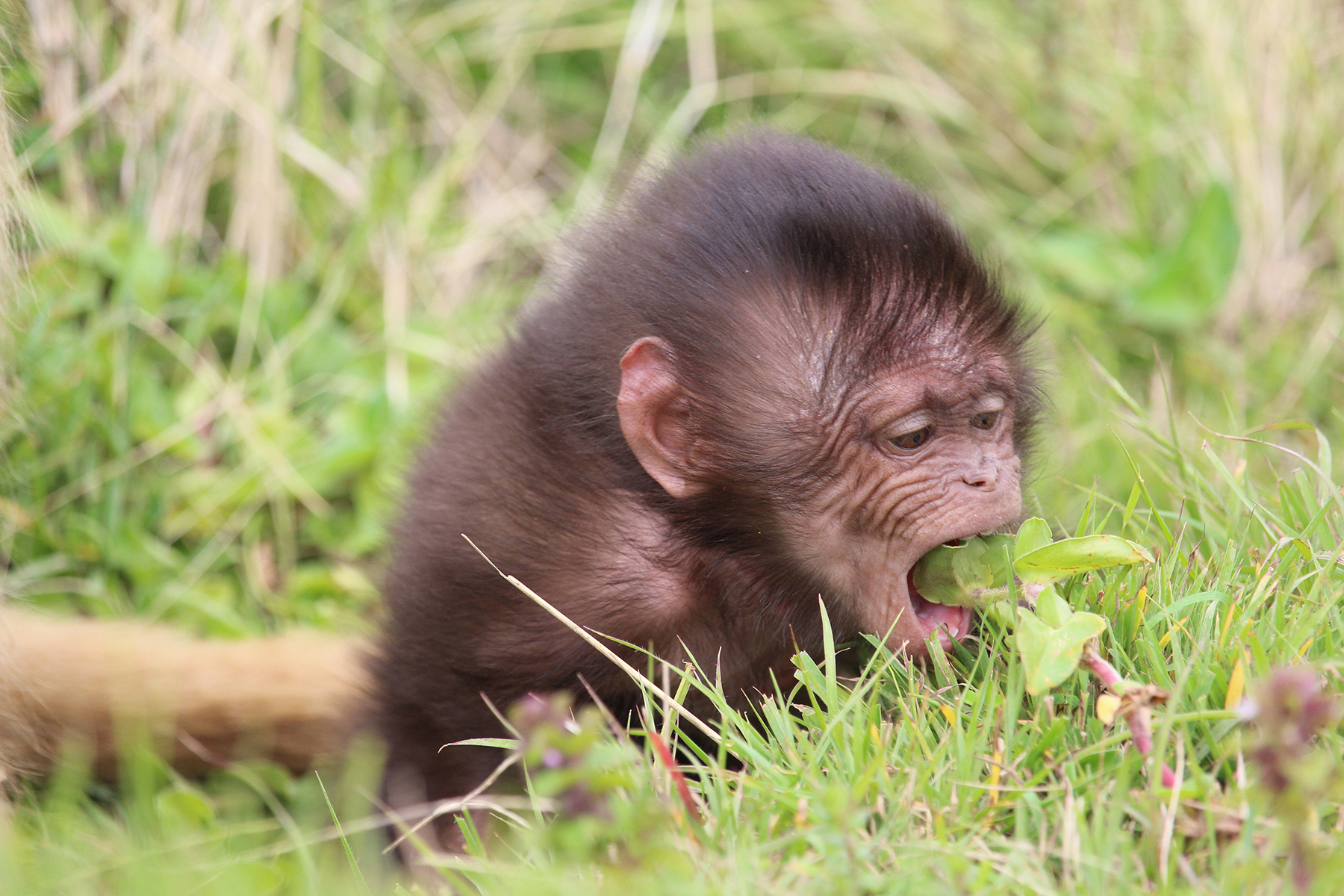
Research of a Wild Primate Shows Maternal Effects Key to Gut Microbial Development
A study of wild geladas provides the first evidence of clear and significant maternal effects on the gut microbiome both before and after weaning in a wild mammal. This study suggests the impact of mothers on the offspring gut microbiome community extends far beyond when the infant has stopped nursing.
Weedy rice has become herbicide resistant through rapid evolution
Biologists used whole-genome sequences of 48 contemporary weedy rice plants to show how herbicide resistance evolved by gene flow from crop rice. Almost all other cases of herbicide resistance in agricultural weeds result from selection of tolerant genotypes in the weed species.
Protein Structures Aren’t Set in Stone
A new study on rubisco, a photosynthetic enzyme thought to be the most abundant protein on the planet, shows that proteins can change their structural arrangement with surprising ease. The findings reveal the possibility that many of the proteins we thought we knew actually exist in other, unknown shapes.
The first trees: Preserving ‘the world’s oldest forest’ in Upstate New York
Researchers from Binghamton University are working to preserve the world’s oldest forest, located in researchers from Binghamton UniversityCairo, N.Y.
As oceans warm, snapping shrimp sound a warning
Research published by Woods Hole Oceanographic Institution (WHOI) scientists today in Frontiers in Marine Science confirmed their previous observations that rising temperatures increase the sound of snapping shrimp, a tiny crustacean found in temperate and tropical coastal marine environments around the world.
Study First to Explore ‘Walking’ Sharks on the Move in Early Life Stages
A newly-discovered walking shark that breaks all of the rules for survival is the focus of a first-of-its-kind study that examined differences in walking and swimming in neonate (newly-hatched) and juvenile walking sharks. Despite dissimilarities in body shapes – neonates have bulging bellies and juveniles are slender – the three aquatic gaits they use (slow-to-medium walking, fast-walking and swimming) did not differ. Kinematics between neonate and juvenile epaulette sharks did not alter during development.
Climate change leads to invasive insect expansion on West Coast
Climate change has led to warming temperatures in the Pacific Northwest, leading some insect species to expand their range into more northerly oak savannas, according to new research from Binghamton University, State University of New York.
Artificial Intelligence Edges Closer to the Clinic
TransMED analyzes patient data from similar diseases across multiple sources to understand COVID-19 patient outcome risk factors.
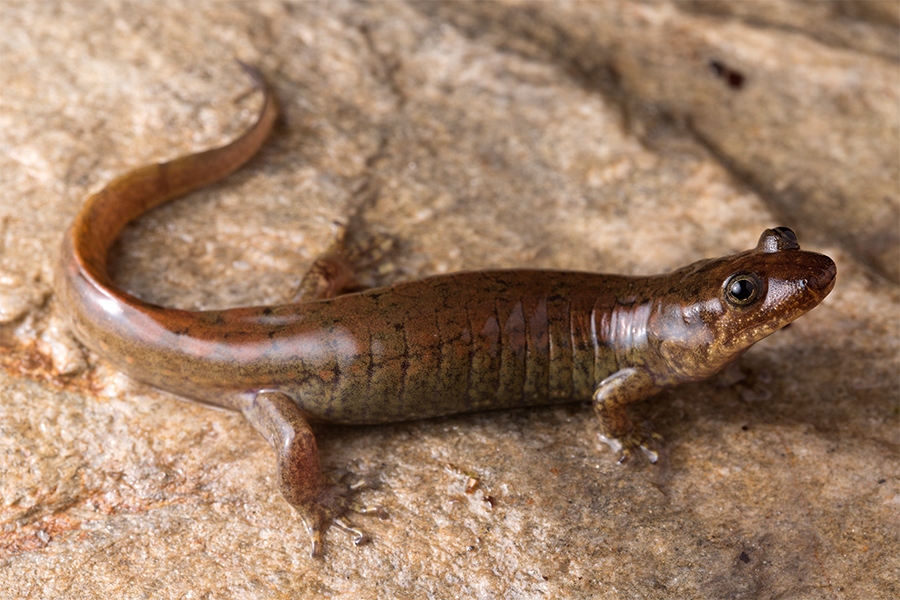
Three New Species of Black-Bellied Salamander Found in Southern Appalachian Mountains
Three new species of black-bellied salamander have been discovered by a research team led by R. Alexander Pyron, the Robert F. Griggs Associate Professor of Biology at the George Washington University. The new salamanders, which are found in the southern Appalachian Mountains of the eastern United States, stem from black-bellied populations that were long considered to be a single species.
Washington State Academy of Sciences Adds Six PNNL Researchers
The Washington State Academy of Sciences added six people from PNNL to its 2022 class of inductees.
Study: Making an artificial heart fit for a human — with focused rotary jet spinning, not 3D
In a new study published in Science, a team of researchers from Harvard, University of Pittsburgh, University of California, Irvine and University of Zurich have come together to utilize a new, more advanced method to fabricate artificial tissues and organs. The researchers proposed the process of focused rotary jet spinning. This team included Qihan Liu, an assistant professor in the University of Pittsburgh Swanson School of Engineering.
Researchers use X-rays to decode complex piece of cellular machinery, atom by atom
A research team led by Caltech spent nearly 20 years determining X-ray structures, one by one, to create a map of the nuclear pore complex, one of the largest and most complex pieces of cellular machinery.
Tabletop Magnetic Resonance Units to Revolutionize Diagnostics and Materials Analysis
In the HyPERiON CRC coordinated by the Karlsruhe Institute of Technology (KIT), researchers from KIT and the universities of Kaiserslautern, Konstanz and Stuttgart are jointly developing technology for compact high-performance magnetic resonance units. In the future, the devices could be used in the chemical and pharmaceutical industries, in medical practices or at border checkpoints. The German Research Foundation is funding the interdisciplinary group with more than 10.6 million euros for four years starting on July 1, 2022.
Study points to Armenian origins of ancient crop with aviation biofuel potential
Camelina, also known as false flax or Gold-of-Pleasure, is an ancient oilseed crop with emerging applications in the production of sustainable, low-input biofuels. Multidisciplinary research from Washington University in St. Louis is revealing the origins and uses of camelina and may help guide decisions critical to achieving its potential as a biofuel feedstock for a greener aviation industry in the future.
The COVID-19 pandemic increased depression among young adults, particularly women
The COVID-19 pandemic has had a profound effect on many people’s lives. Emerging adults may have been particular impacted, given their transition from adolescence to adulthood during such a time of upheaval, with their educational and career aspirations thrown into disarray. A new study has found that the risk for depression tripled among young people – particularly younger women – during the pandemic, and that this risk persisted into 2021.
Novel, sensitive, and robust single-cell RNA sequencing technique outperforms competition
The novel terminator-assisted solid-phase complementary DNA amplification and sequencing (TAS-Seq) method provides high-precision data on gene expression
Sea dragons’ genes give clues to their distinctive looks
Even with plenty of fish in the sea, sea dragons stand out from the crowd. The funky, fabulous fish are bedecked with ruffly leaf-like adornments. Their spines are kinked. They’re missing their ribs and their teeth. And the responsibility of pregnancy is taken on by the males. By sequencing the genomes of two species of sea dragons, University of Oregon researchers have found genetic clues to the fish’s distinctive features: They’re missing a key group of genes found in other vertebrates. Those genes help direct the development of the face, teeth and appendages, as well as parts of the nervous system.
Innovative, new “road map” for kelp crop improvement
Woods Hole Oceanographic Institution (WHOI), the University of Connecticut, and Bigelow Laboratory for Ocean Sciences have executed a license agreement for a kelp germplasm, or collection of microscopic cells called gametophytes, containing more than 1,200 samples all developed and isolated by WHOI and UConn-led teams.
Math model predicts efficacy of drug treatments for heart attacks
Researchers used mice to develop a mathematical model of a myocardial infarction, popularly known as a heart attack.
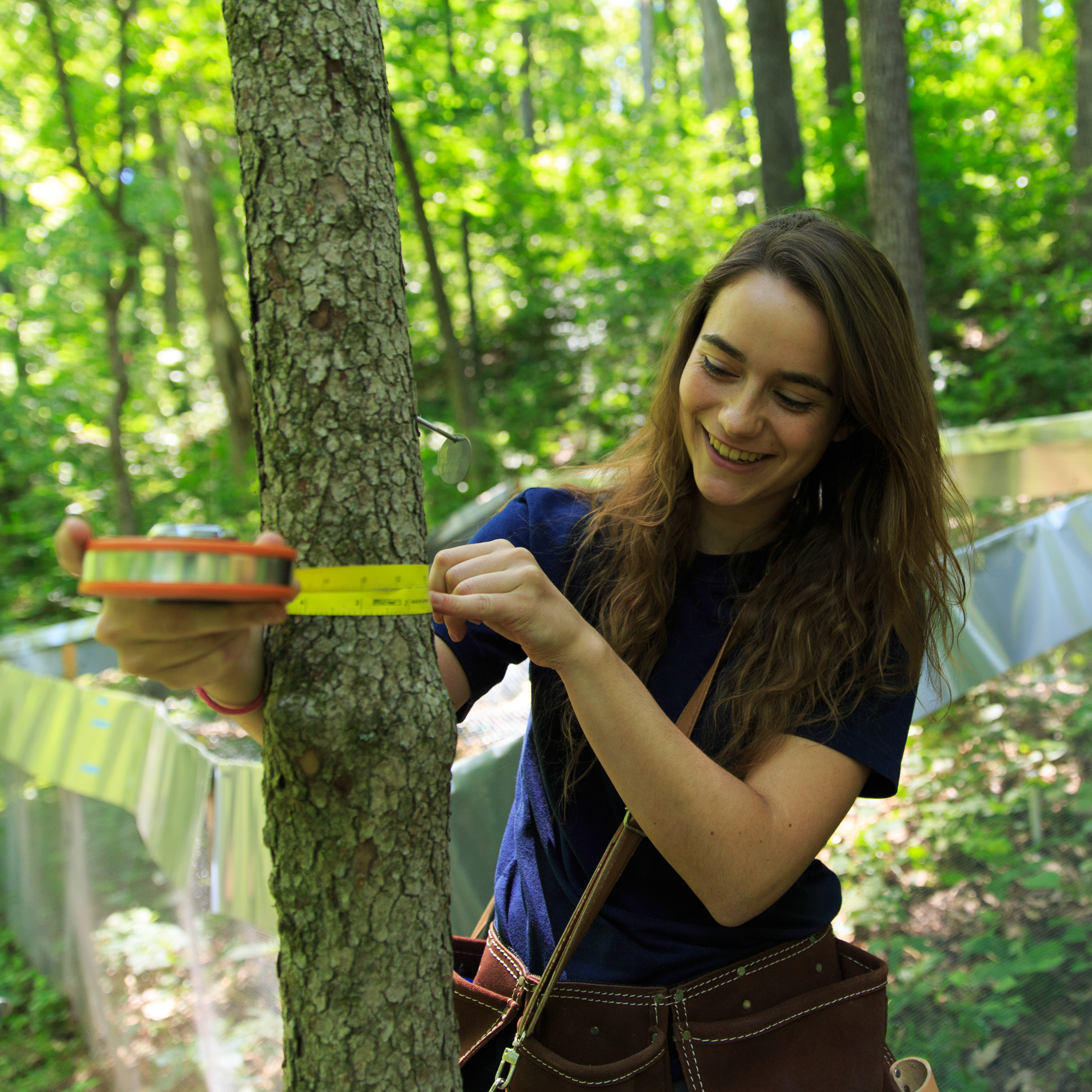
The space between us
Tree beta diversity — a measure of site-to-site variation in the composition of species present within a given area — matters more for ecosystem functioning than other components of biodiversity at larger scales. The finding has implications for conservation planning.
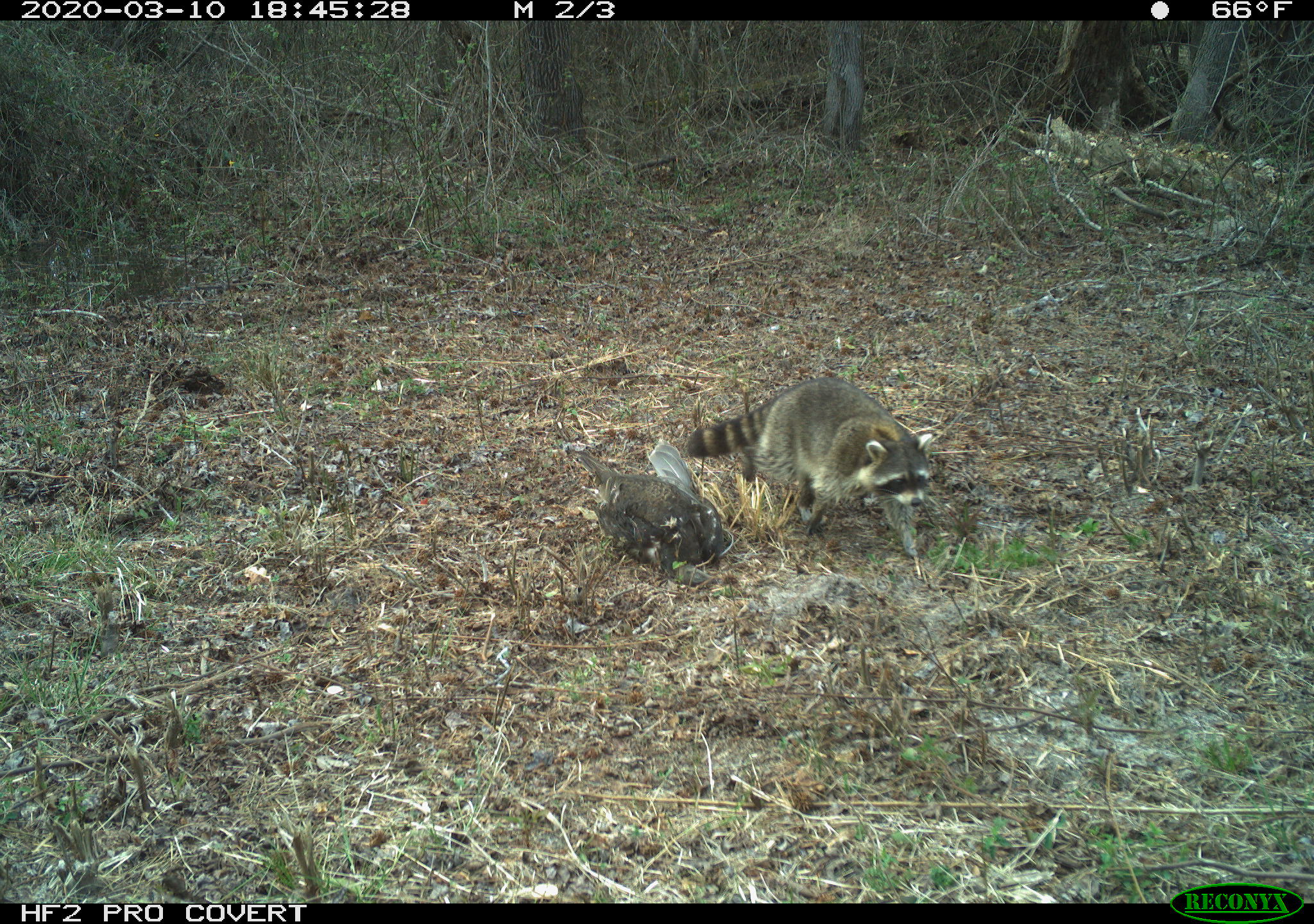
Scavengers can be picky eaters
A recent study conducted by researchers at the University of Georgia found that when presented with a smorgasbord of options, vertebrate scavengers were selective about what or whom they ate—providing insight into how nutrients can cycle through food webs.
Spider can hide underwater for 30 minutes
A tropical spider species uses a “film” of air to hide underwater from predators for as long as 30 minutes, according to faculty at Binghamton University, State University of New York.
These stunning 3D models of coral reefs are a crucial research tool
Martínez Quintana has created stunning 3D digital models that visualize the surface of coral reefs in painstaking detail. The artful re-creations aren’t just beautiful: They’re also filled with data on the distribution of young corals, known as recruits, that scientists are analyzing.
New Collaboration Between RCSB Protein Data Bank and Amazon Web Services Provides Expanded Data Storage and Access to Researchers Worldwide
The Research Collaboratory for Structural Bioinformatics Protein Data Bank (RCSB PDB), headquartered at the Rutgers Institute for Quantitative Biomedicine, announces the expansion of its data storage capacity through the Amazon Web Services (AWS) Open Data Sponsorship Program. The AWS program is providing the RCSB PDB with more than 100 terabytes of storage for no-cost delivery of Protein Data Bank information to millions of scientists, educators, and students around the world working in fundamental biology, biomedicine, bioenergy, and bioengineering/biotechnology.
World’s New Stream Frog Found in Myanmar: Chula Researcher Indicates Its Ecosystem Is Intact
A biologist from the Faculty of Science, Chulalongkorn University working with researchers from Germany and Myanmar has discovered two of the world’s newest stream frogs in Myanmar highlighting the remaining diversity of ecosystems in Southeast Asia and cautions all those involved of the need to conserve our forests before our valuable wildlife become extinct.
Designing Microbe Factories for Sustainable Chemicals
Scientists have devised a way to engineer yeast to produce sustainable, eco-friendly commodity chemicals using computing power as a guide.
Neutrons take a deep dive into water networks surrounding DNA
Using neutron experiments at Oak Ridge National Laboratory, a research team led by Vanderbilt University successfully captured the most detailed view to date of water’s hydrogen bonding patterns around DNA, opening new possibilities for studying how water impacts DNA function.
Science snapshots from Berkeley Lab
New Berkeley Lab breakthroughs: engineering chemical-producing microbes; watching enzyme reactions in real time; capturing the first image of ‘electron ice’; revealing how skyrmions really move
Expert in Ecological Applications of AI Joins Newly Announced Imageomics Institute
Chuck Stewart, an expert in the ecological applications of computer vision, is part of the newly created Imageomics Institute, founded with a $15 million grant from the National Science Foundation to use images of living organisms to understand biological processes.
Regulator Proteins or Symphonies of Genes: Statistical Modeling Points Way Toward Unified Theory for DNA Folding
Researchers seek to point a way toward a unified theory for how DNA changes shape when expressing genes. Presenting their work in Biophysics Reviews, the scientists use an approach called statistical mechanics to explore the phenomenon of so-called expression waves of gene regulation.
Darwin’s short-beak enigma solved
University of Utah biologists discovered that a mutation in the ROR2 gene is linked to beak size reduction in numerous breeds of domestic pigeons. Surprisingly, different mutations in ROR2 also underlie a human disorder called Robinow syndrome. The ROR2 signaling pathway plays an important role in the craniofacial development of all vertebrates.
False spring: Climate change may erode frogs’ ability to withstand salt pollution
Climate change may erode frogs’ ability to withstand road salt pollution, according to researchers at Binghamton University, State University of New York.
Study shows how aspen forests maintain the diversity needed to adapt to changing environments
A new decade-long study by University of Wisconsin¬–Madison researchers reveals how aspen stands change their genetic structure over the years as trees balance defending themselves from pests with growth to compete for sunlight.